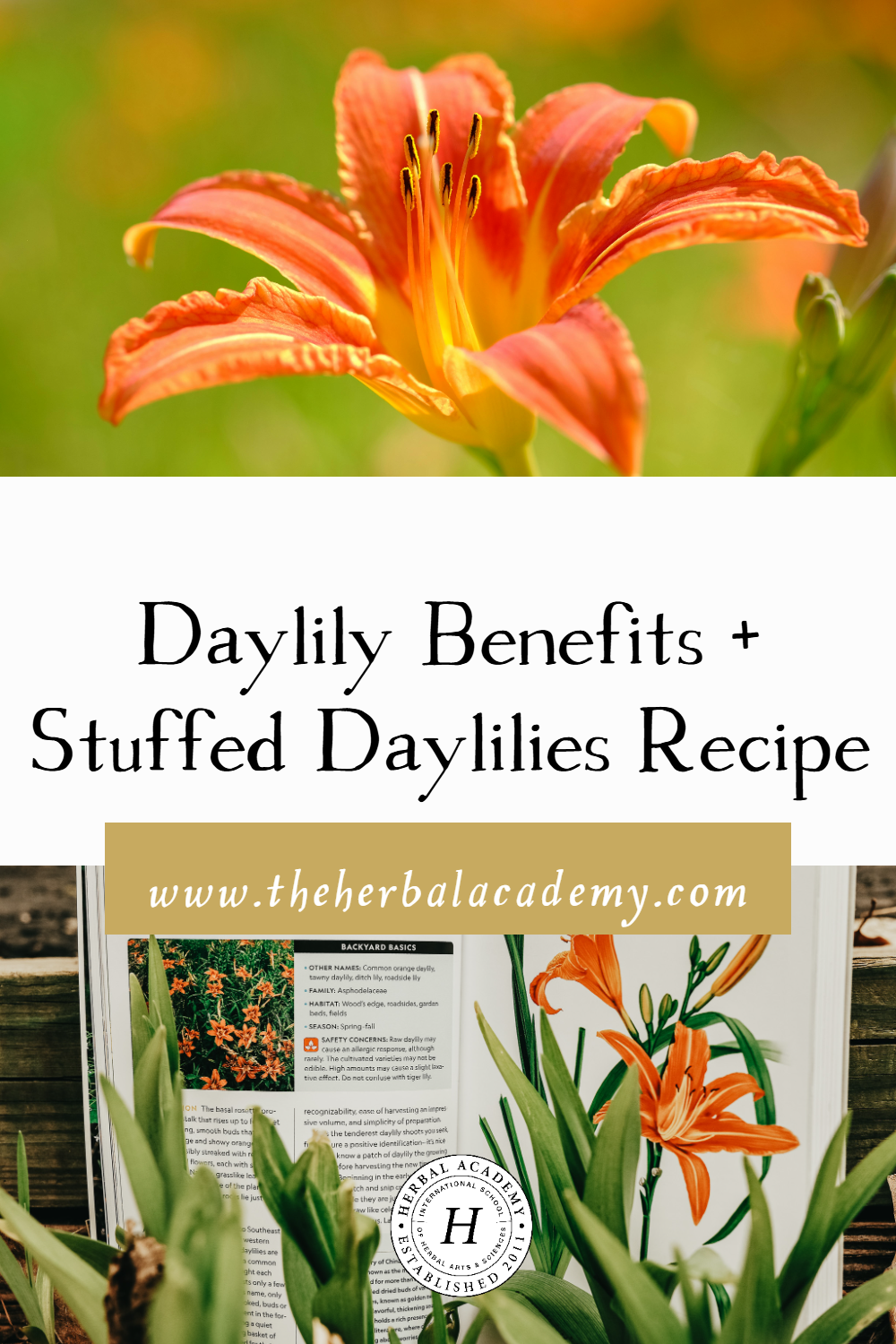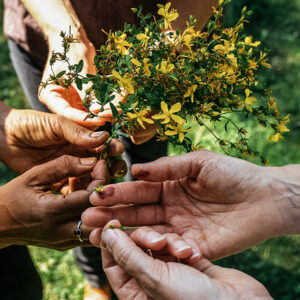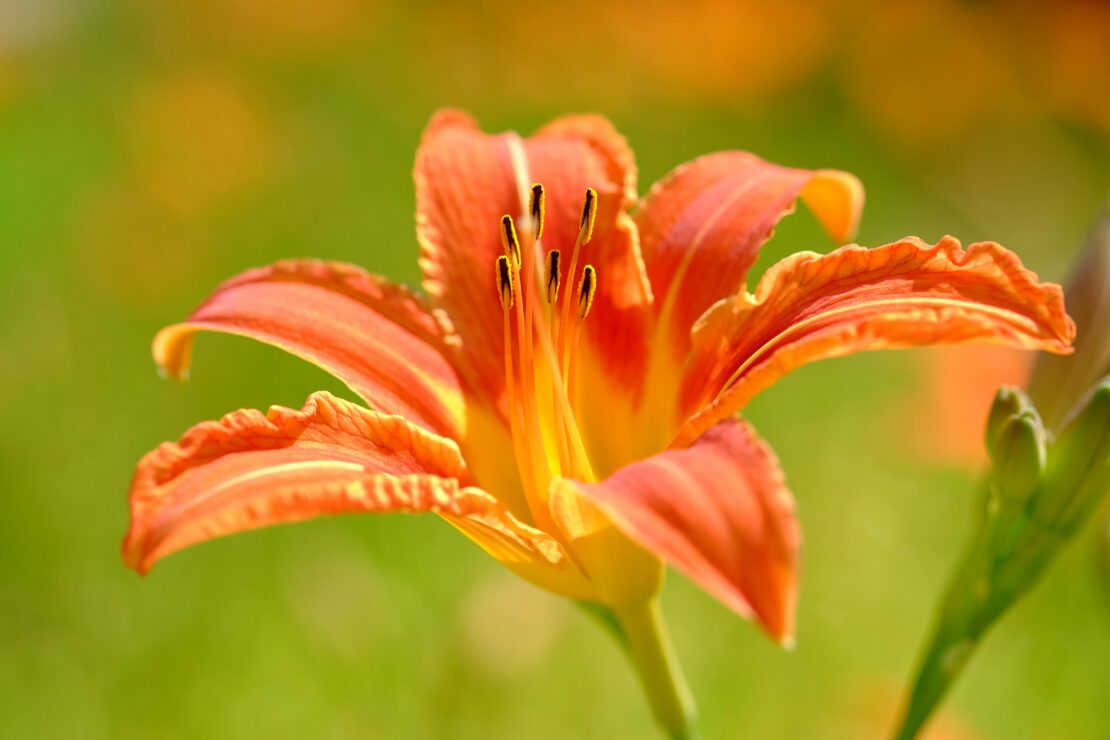
Daylily Benefits + Recipe: A Sneak Peek from the ‘National Geographic Backyard Guide to Edible Wild Plants’
If you’ve ever wandered through your backyard or along a forest path and wondered which plants might offer more than just beauty, the brand-new National Geographic Backyard Guide to Edible Wild Plants is your next must-have companion. Co-authored by Herbal Academy educators and authors Heather Wood Buzzard and Mimi Prunella Hernandez, this vibrant, user-friendly guide unlocks the edible potential of 102 common wild plants, including the daylily benefits listed below.
Today, we’re giving you an exclusive sneak peek with one of the book’s featured plants: the daylily. Often admired for its bold, trumpet-like blooms, the daylily is more than just a showstopper in the garden—it’s a surprisingly versatile edible plant. In this excerpt, you’ll learn how to identify and harvest daylilies safely, along with creative ways to enjoy them in the kitchen. Whether you’re a seasoned wildcrafter or just beginning to explore edible plants, you’ll love what this flavorful flower has to offer.
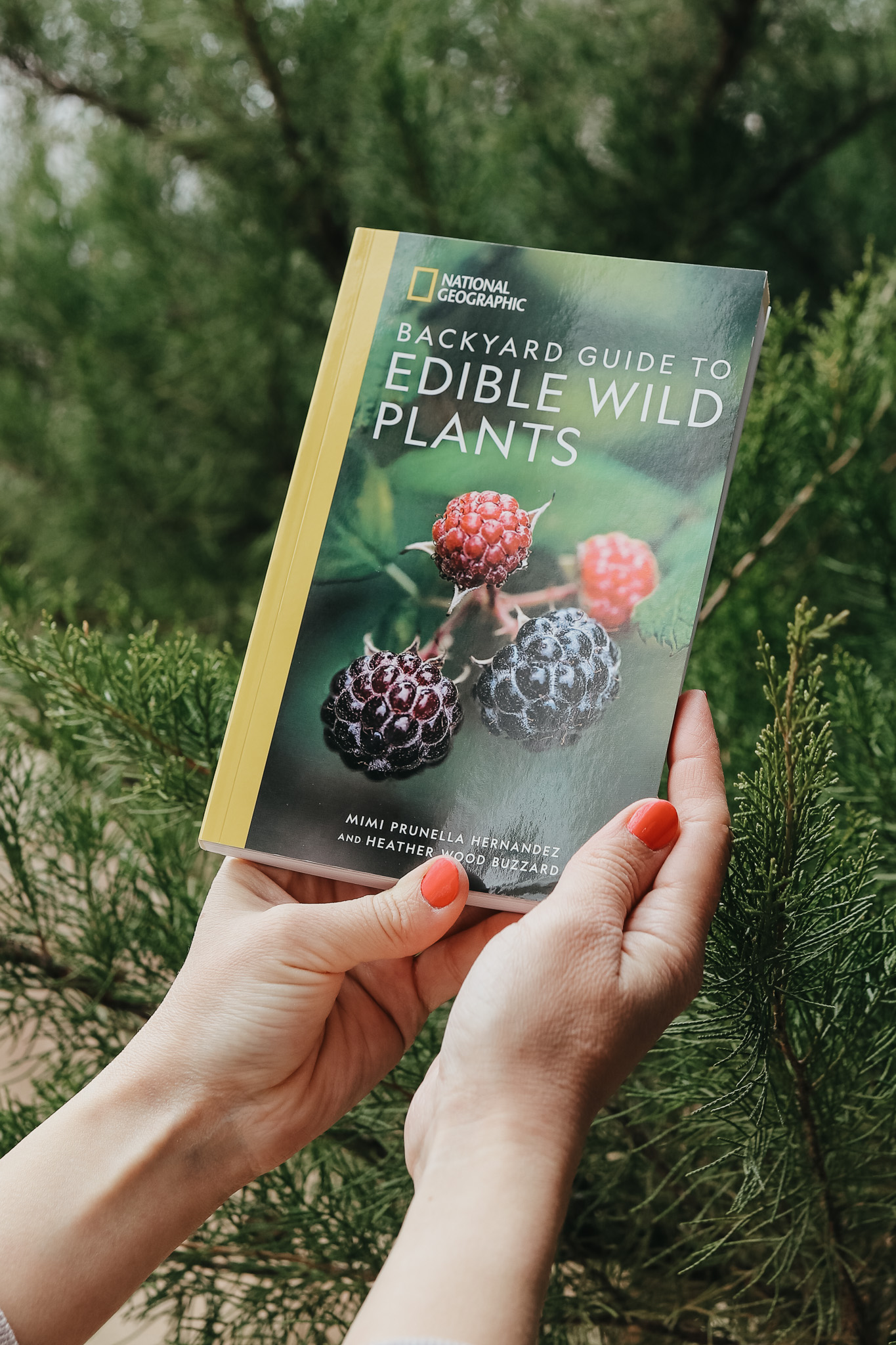
Daylily
Hemerocallis fulva
- OTHER NAMES: Common orange daylily, tawny daylily, ditch lily, roadside lily
- FAMILY: Asphodelaceae
- HABITAT: Wood’s edge, roadsides, garden beds, fields
- SEASON: Spring-fall
Mother Herb
In its native territory of China and Japan, where daylily is known as the mother herb and has been cultivated for more than 3,000 years, the delicate shriveled dried buds of various Hemerocallis species, known as golden nee-dles, are used as a flavorful, thickening soup ingredient. H. fulva holds a rich presence in traditional lore and literature, where daylilies symbolize forgetting about worries.
SAFETY CONCERNS Raw daylily may cause an allergic response, although rarely. The cultivated varieties may not be edible. High amounts may cause a slight laxative effect. Do not confuse with tiger lily.
IDENTIFICATION The basal rosette produces a sturdy stalk that rises up to four feet high, bearing long, smooth buds that burst skyward into large and showy orange-to-yellow (and possibly streaked with red), trumpet-shaped flowers, each with six petals and six stamens. Narrow, grasslike leaves arch downward toward the base of the plant, where firm white tuberous roots lie just beneath the soil.
HARVESTING & USE Native to Southeast Asia and introduced into much of western Europe and North America, wild daylilies are not technically a lily, but they are a common garden escapee and a welcome sight each spring. The harvesting window lasts only a few weeks, and each flower, true to its name, only a day. Open or closed, fresh or cooked, buds or roots, they are a versatile ingredient in the forager’s kitchen. An easy foray along a quiet road may result in an overflowing basket of daylily buds and blooms, beloved for their recognizability, ease of harvesting an impressive volume, and simplicity of preparation.
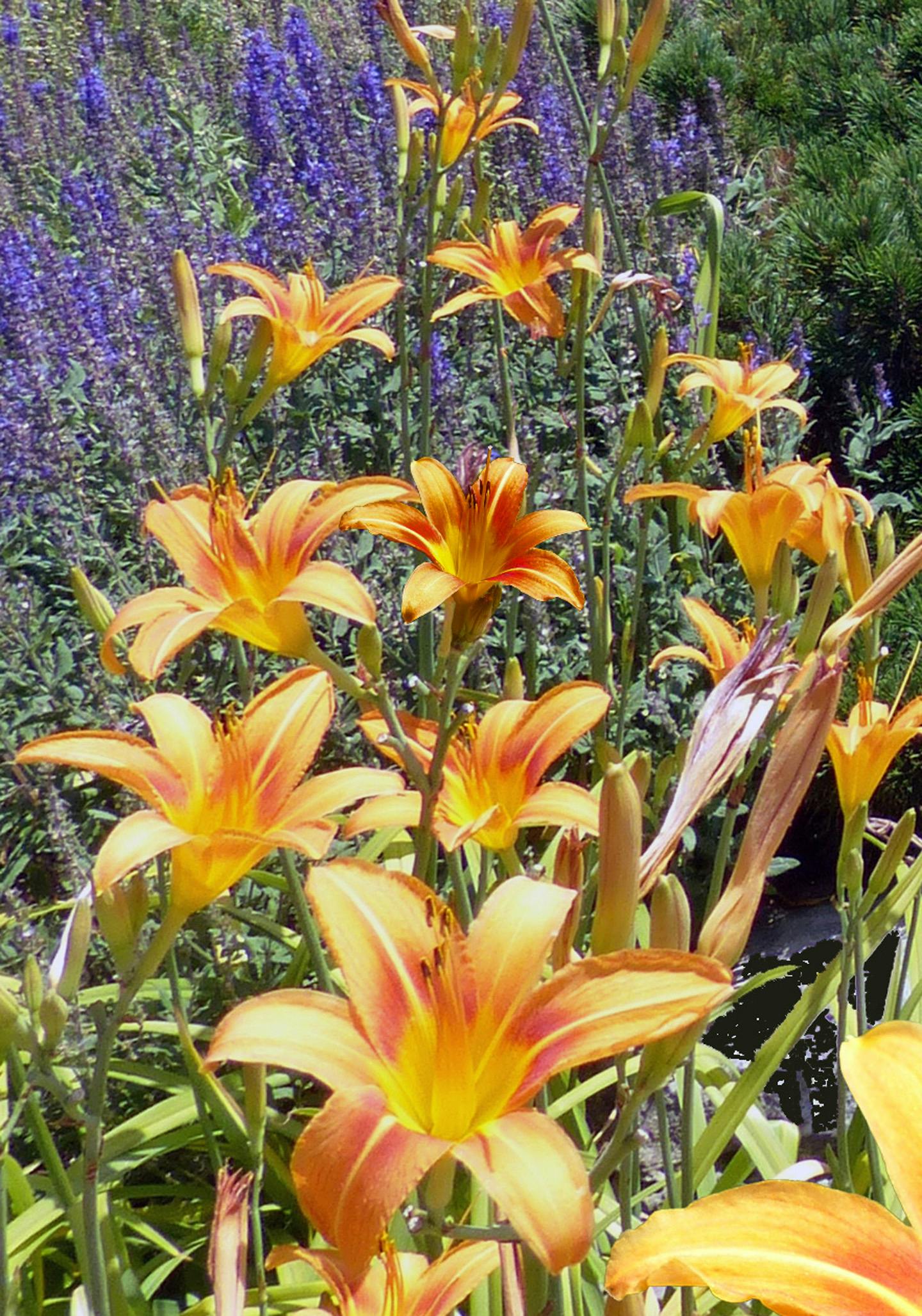
If it’s the tenderest daylily shoots you seek, first ensure a positive identification-it’s nice to get to know a patch of daylily the growing season before harvesting the new tips, but not essential. Beginning in the early spring, approach a patch and snip crunchy, juicy day-lily shoots while they are just a few inches long, before eating raw like celery with a dip or cooked like asparagus. Later in the spring, the buds will be at their peak. Eaten raw, the sweet and savory green or Creamsicle-colored closed buds boast crunch and neutral flavor; they are excellent in a stir-fry, steamed like a veggie, or atop a salad. Young daylily leaves possess potent antioxidant qualities and can be eaten early in the growing season before they become too fibrous.
Picked at peak openness, daylily blossoms are the perfect vessels for stuffing with goat cheese and serving fresh or fried, à la stuffed squash blossoms. The petals can be pulled off one by one and added to a salad for interest and texture. The bright flame-colored blooms can also be used to dye icings, syrups, and other culinary treats. Down below, the humble potato-like roots hang in clusters with tiny tendrils shooting from each end. These can be boiled and mashed with butter and salt for a backyard comfort food, or sliced and added raw to salads or as a garnish. Buds and tubers both lend themselves well to the tart taste of pickling.

Stuffed Daylilies Recipe
Freshly picked daylily blossoms can inspire an impressive garden appetizer. Begin by mixing a cup of ricotta or goat cheese with a sprinkling of Manchego or Parmesan, two teaspoons Italian herbs, a teaspoon garlic powder, and salt and pepper. Spoon this mixture into freshly picked daylily blossoms. Dip in a tempura batter and fry in oil.
Curious to discover more wild flavors growing right outside your door? The National Geographic Backyard Guide to Edible Wild Plants is packed with practical tips, vibrant plant profiles, and mouthwatering recipes to inspire your next foraging adventure. Buy the book here and start exploring the edible wonders of the natural world, one plant at a time.
And if you’re eager to deepen your foraging skills, we invite you to check out The Foraging Course—a seasonal journey into the woods where you’ll learn to safely and sustainably identify, harvest, and use 24 beneficial wild herbs with 48 delicious recipes to guide your way.
